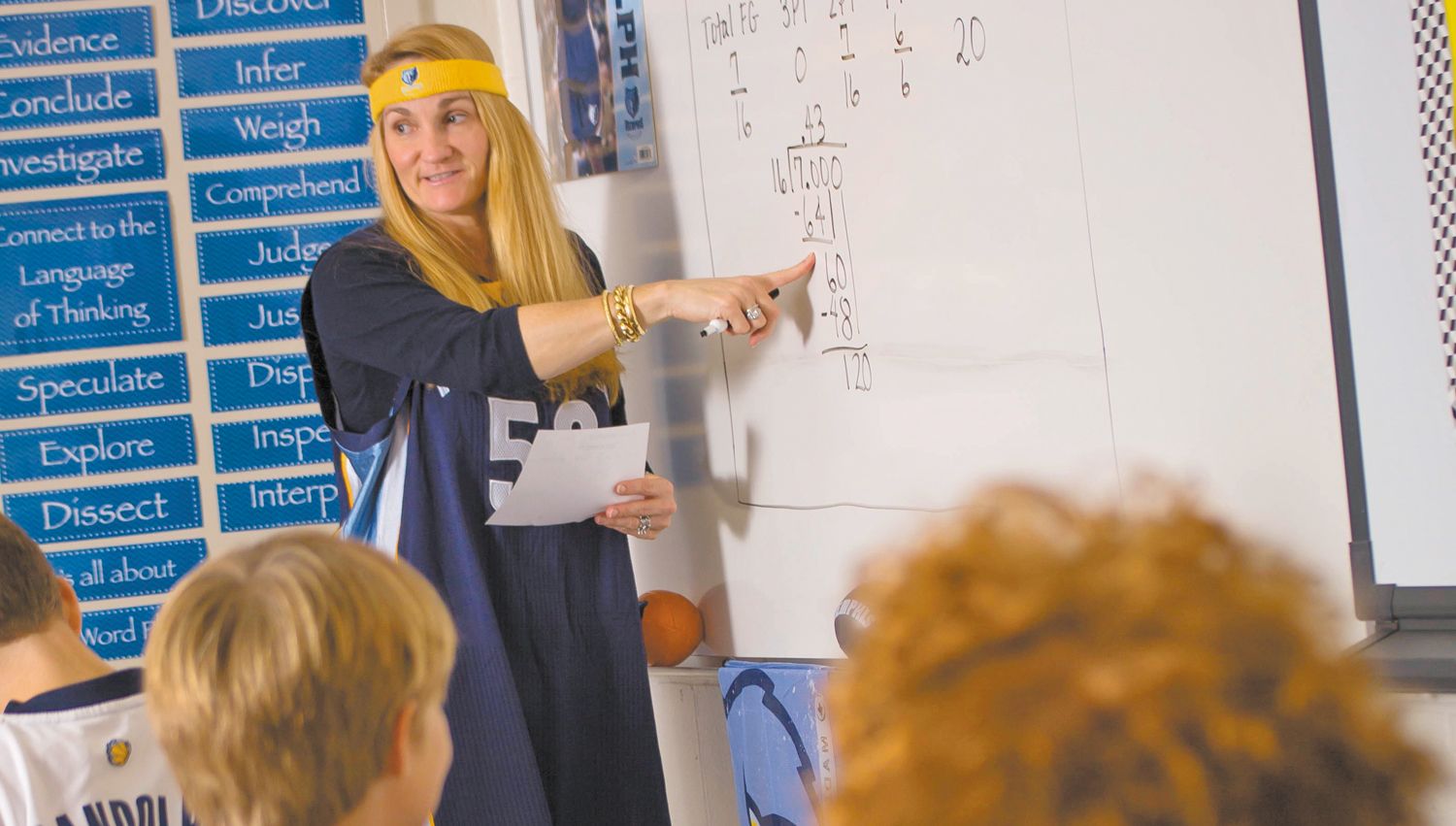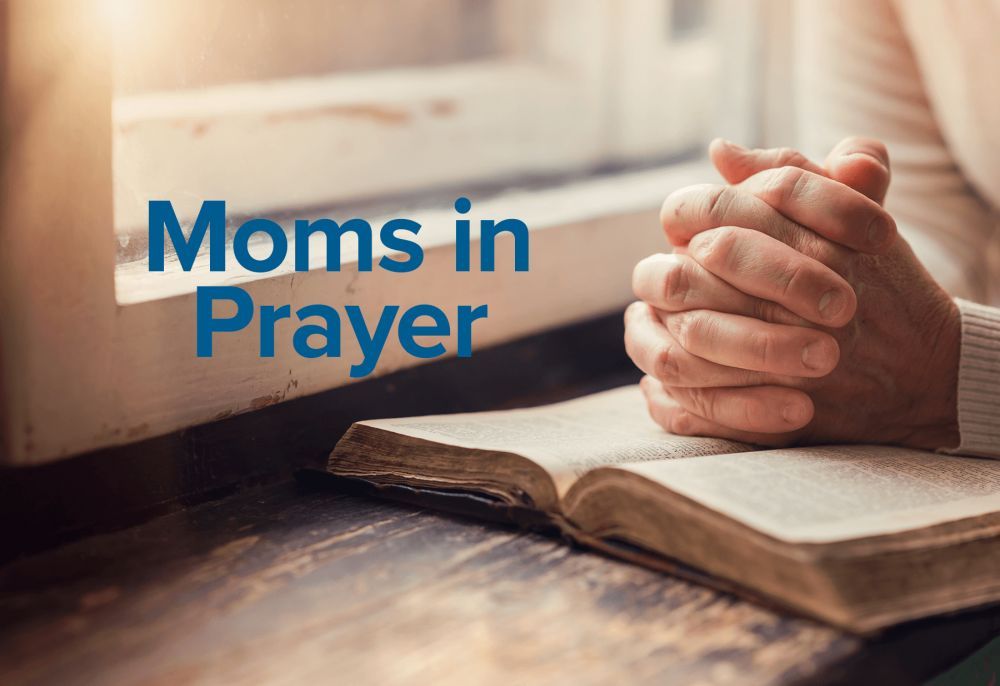Fourth Grade

Fourth graders have a blast learning math by digging deep into the statistics of Memphis Grizzlies players.
Language Arts
- Engage in Reader’s Workshop and apply comprehension strategies to heighten conference discussions with peers and teachers
- Understand that story elements provide structure to reading and writing
- Identify figurative language
- Begin to apply metacognition marks and self-monitor comprehension while reading
- Communicate in writing using knowledge of parts of speech (prepositions, pronouns, verbs, adverbs, conjunctions, and interjections) Identify complete subjects and predicates
- Become familiar with dependent and independent clauses
- Use the writing process to compose narrative, informational, and opinion writing samples during Writer’s Workshop
- Use grade-appropriate paragraph structure, spelling, punctuation, grammar, and word usage to effectively complete a variety of writing tasks
Social Studies
- Understand that advancements in civilizations lead to change
- Research ways that ancient, modern, and medical innovations have impacted society
- Discuss how innovations were conceived, were used, and have improved over time
- Identify and explain the connections between geography and innovations
- Explore how culture and innovations are connected in a civilization
- Determine ways in which innovations cause a civilization to flourish
Math
- Read, write, identify, order, and compare whole numbers, decimals, and fractions
- Round whole numbers and decimals
- Add and subtract whole numbers, decimals, and fractions
- Identify factors, multiples, and exponents as they relate to multiplication
- Identify prime and composite numbers and understand their role in multiplication
- Understand, memorize, and apply proper divisibility rules
- Multiply multi-digit whole numbers, decimals, and fractions
- Divide whole numbers, decimals, and fractions using single- and double-digit divisors
- Identify properties of polygons
- Identify points, lines, line segments, rays, angles, and their symbols
- Determine area and perimeter of squares, rectangles, and circles
- Demonstrate an understanding of patterns, relationships, and elementary algebraic representations
- Identify mean, median, mode, and range in a set of data
Science
- Identify plants and animals as living organisms
- Identify parts and observe functions of plants and flowers
- Recognize characteristics of invertebrate phyla
- Classify invertebrates
- Understand the difference between static and current electricity
- Test, repair, draw, and construct circuits from diagrams
- Construct circuits in which the batteries are connected in series and parallel fashion
- Construct a switch and place it in a circuit
Curriculum Overview by Grade
Early Childhood
Elementary
Curriculum Overview: Special Areas

1
We intentionally educate and nurture the heart, soul, mind, and body of each boy.
Guiding Principles

2
We know, nurture, and love each boy as a unique child of God.
Guiding Principles

3
We teach the Bible and model the Christian faith to our boys.
Guiding Principles

4
We aren't just teachers; we are life-long learners and students.
Guiding Principles

5
We push students to engage as thinkers.
Guiding Principles

6
In an increasingly connected world, our curriculum has a global perspective.
Guiding Principles

7
Flexible teaching strategies seek to maximize learning for each boy.
Guiding Principles

8
Our assessments aren't just a way to measure learning — we want our boys to demonstrate understanding.
Guiding Principles

9
We seek to enroll boys from diverse backgrounds.
Guiding Principles

10
We seek balance and excellence in all we do.
Guiding Principles

11
We aren't just boy-friendly; we're boy-specific.
Guiding Principles

12
Our program sets a foundation of learning that will help boys thrive beyond PDS.
Guiding Principles

13
We take time to make sure our faculty and staff are growing spiritually.
Guiding Principles

14
We hold high standards for ourselves, pushing ourselves to reflect, renew, and grow.





